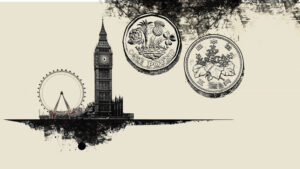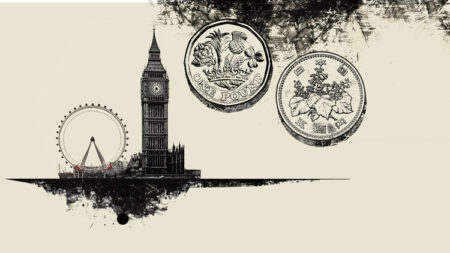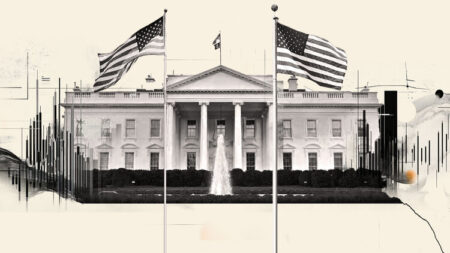The Australian Dollar (AUD) steadies against the US Dollar (USD) on Monday, with the AUD/USD pair climbing back above 0.6500 after slipping to its lowest level since August 27, around 0.6472, on Friday. The rebound comes as risk sentiment improves slightly following a shift in rhetoric from Washington over the weekend that eased concerns about a renewed escalation in US-China trade tensions.
At the time of writing, AUD/USD is trading sideways near 0.6516, up nearly 0.65% on the day, as Australia’s close trade ties with China make the pair highly sensitive to developments in US-China relations. The softer rhetoric from Washington provides relief for the Aussie, helping it stabilize and recover from last week’s sell-off, despite a firmer Greenback.
Late on Friday, US President Donald Trump reignited trade tensions with China, announcing plans to impose 100% tariffs on all Chinese imports starting November 1, following reports that Beijing planned to restrict exports of rare earth elements. The announcement rattled global markets and sent risk assets sharply lower. However, over the weekend, Trump struck a softer tone, posting on Truth Social that “Don’t worry about China, it will all be fine!” and that the United States seeks to “help China, not hurt it.”
Earlier on Monday, US Treasury Secretary Scott Bessent said the proposed 100% tariff hike “doesn’t have to happen” if Beijing takes steps to ease tensions, signaling that working-level talks between US and Chinese officials are underway this week. Hopes of renewed negotiations helped calm markets after last week’s turbulence. However, sentiment remains fragile as investors remain wary of President Trump’s unpredictable approach to trade policy and his frequent use of tariff threats as a negotiation tactic.
Looking ahead, traders will turn their focus to the Reserve Bank of Australia (RBA) meeting minutes due on Tuesday for fresh guidance on monetary policy. The central bank held its cash rate unchanged at 3.60% in September, noting that the decline in underlying inflation has slowed and that maintaining the current policy stance allows more time to assess how earlier rate cuts are influencing demand and price pressure.
In the United States (US), attention remains on the ongoing government shutdown, with no signs of a breakthrough in Congress as the funding stalemate extends into its 13th day. With a light economic calendar, the spotlight turns to Federal Reserve (Fed) Chair Jerome Powell’s remarks on Tuesday. The Consumer Price Index (CPI) report, initially scheduled for Wednesday, has been postponed to October 24 due to the shutdown, while several other Fed officials are set to speak throughout the week.
Economic Indicator
RBA Meeting Minutes
The minutes of the Reserve Bank of Australia meetings are published two weeks after the interest rate decision. The minutes give a full account of the policy discussion, including differences of view. They also record the votes of the individual members of the Committee. Generally speaking, if the RBA is hawkish about the inflationary outlook for the economy, then the markets see a higher possibility of a rate increase, and that is positive for the AUD.
Read more.
Read the full article here















